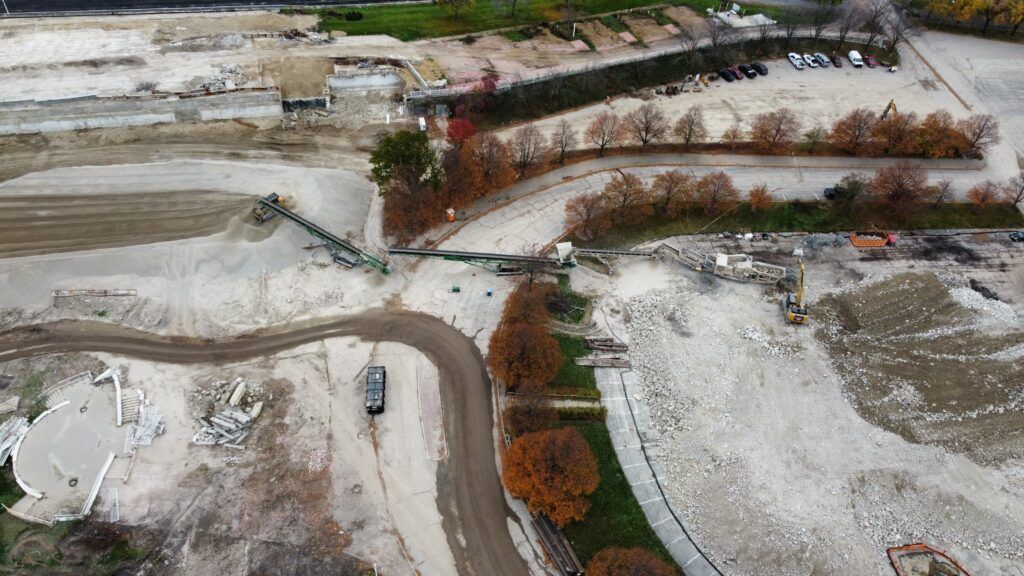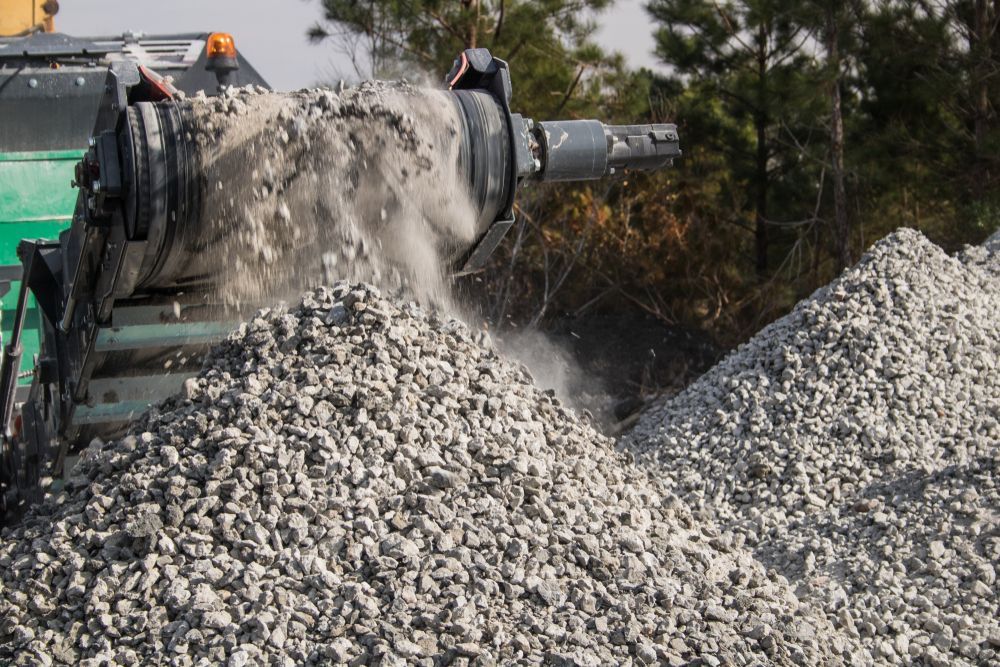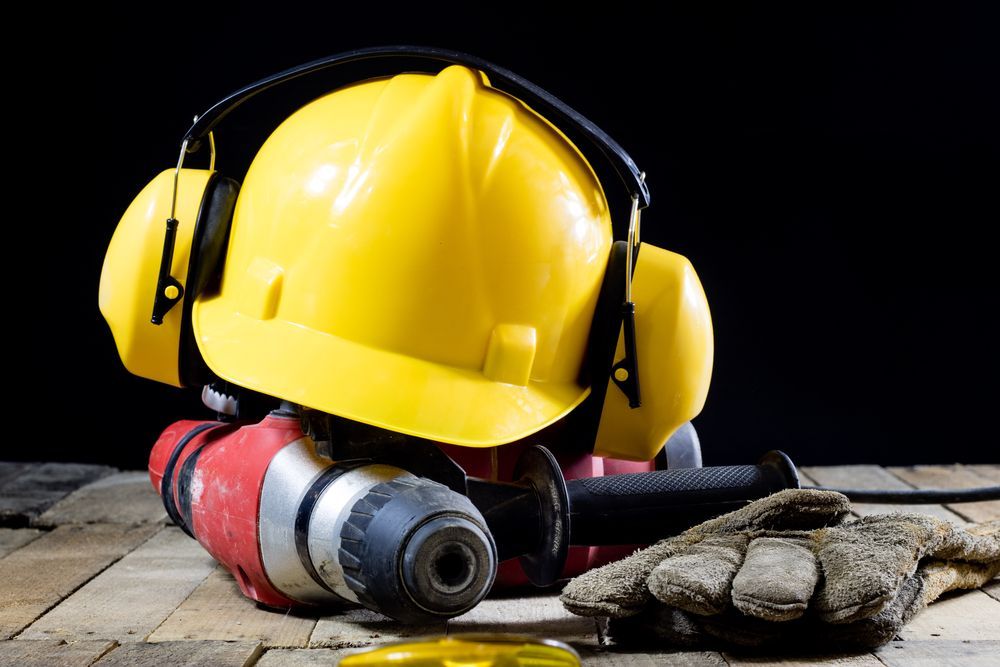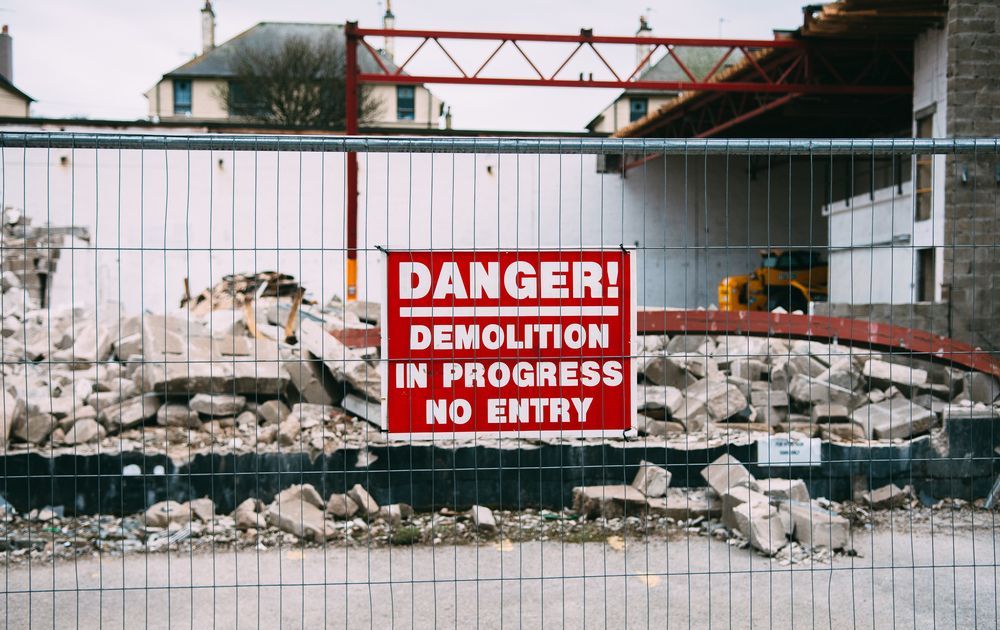Construction & Demolition Waste Recycling
Share this article:

As the global population continues to surge, so does the demand for infrastructure, buildings, and urban development. In tandem with this growth, the construction and demolition industry has experienced an unprecedented boom. However, this expansion comes at a cost, with vast quantities of waste generated during the construction and demolition processes. Recognizing the environmental impact and the urgency of adopting sustainable practices, construction and demolition waste recycling has emerged as a crucial solution for mitigating the industry’s ecological footprint.
In this post, we’ll cover just what construction and demolition waste is, why it’s important to recycle more of this waste, methods for recycling, and how Alpine is leading the industry in this aspect.
What is Construction & Demolition Waste (C&D)?
Construction and demolition waste, or C&D, is nothing more than a way to describe the waste and debris that’s generated by any construction or demolition job. Concrete, metal, brick, glass, plastic, wiring, drywall – it all counts as construction and demolition waste. And as you might imagine, there’s a significant amount of C&D waste generated each year. In fact, according to the Environmental Protection Agency (EPA), anywhere from 230 to 600 million tons of such waste is generated in the United States on an annual basis. The majority of C&D waste tends to come from demolition jobs, underscoring the importance of implementing recycling strategies on such projects.
Effective Demolition Waste Removal Strategies
Recycling becomes all the more important because of the sheer amount of C&D waste generated each year. But many contractors don’t know where to even start – and it’s not always easy to implement waste removal strategies on demolition projects when there’s a risk of cross-contamination or blended materials. We’ll get into greater detail on some of the methods for recycling construction waste later on in this piece, but effective removal is a lot more than just loading up trucks with debris and sending them off to landfills.
Recycling C&D Waste for Sustainability
Recycling has significant far-reaching benefits, especially in the construction and demolition fields that are known to generate so much waste. Some of the benefits associated with
prioritizing recycling on construction and demolition jobs include:
- Reduced reliance on finite natural resources and eliminating the carbon emissions used to extract and manufacture virgin goods, materials, or products.
- Prevent landfill overcrowding.
- Extend the lifetime of products and materials.
Methods for Recycling Construction Waste
So what are some effective methods for recycling construction waste? Here’s a look:
- Separation of materials: You’d be surprised at how much C&D waste can be recycled. But in order to do so, materials have to be properly sorted and separated during demolition.
- Implement deconstruction: Deconstruction is the act of taking apart a building for the purpose of reusing or recycling materials. This method can lead to better overall material sorting and also significantly reduce C&D waste.
- Concrete crushing: Concrete is one of the most common byproducts on a construction site, with up to 20 billion tons used around the world for construction jobs each year. And when it’s time to take down a building, it can be expensive to transport all of this material to a landfill. Concrete crushing is a concrete recycling method that takes concrete debris and turns it into backfill for roads, parking lots, driveways, and more.

Sometimes the biggest hurdle when it comes to implementing a sustainable job site is committing to it. When there’s worker buy-in and a demonstrated commitment from the top down, it can become more of a priority. At Alpine Demolition, we work hard to incorporate sustainable demolition practices into every job, which often translates to up to 85 percent of all materials being recycled.
Why is C&D Waste Recycling Necessary?
Recycling C&D waste is important for many of the sustainability-related reasons that we mentioned earlier in this post. But there are some other important reasons why recycling is important, many of which relate to cost savings. There’s also a business reputation aspect to recycling as well. Let’s dig into both of these.
As we mentioned earlier in this piece, recycling C&D waste limits the amount of materials that are headed to landfills from construction sites. Construction waste is often different from other types of waste in that special permitting is usually required to discard certain materials, like concrete. When these materials can be recycled – or in the case of concrete, crushed – then it can save on permitting and transportation costs.
Additionally, businesses can use C&D waste recycling to their advantage from a reputational standpoint. Studies indicate that sustainability is becoming a much more significant factor when consumers – or in the case of a
demolition project, owners – make any sort of purchasing decision. A proven track record of sustainability and emphasis on recycling can also be used as a competitive advantage for the firms doing the work.
C&D Waste: Hazards and Environmental Concerns
There are some notable factors that need to be considered when it comes to recycling demolition waste, the most significant being the likely presence of asbestos and other hazardous materials, especially in older developments. Any demolition permit should identify asbestos and other hazards, and teams need to
plan accordingly throughout the job so abatement and subsequent demolition can be done safely. Failure to do so could expose workers to asbestos as well as present an environmental hazard to the surrounding area.
Lead, dust, and the impact that demolition may have on environmental air quality are other considerations that should be weighed throughout a project.
Contact Alpine Demolition Today
For more information on construction and demolition waste recycling,
contact Alpine Demolition today. We work on all of our
projects to incorporate sustainable practices with the goal of recycling up to 85 percent of materials. Contact us today to learn more and get started on your next demolition project.



